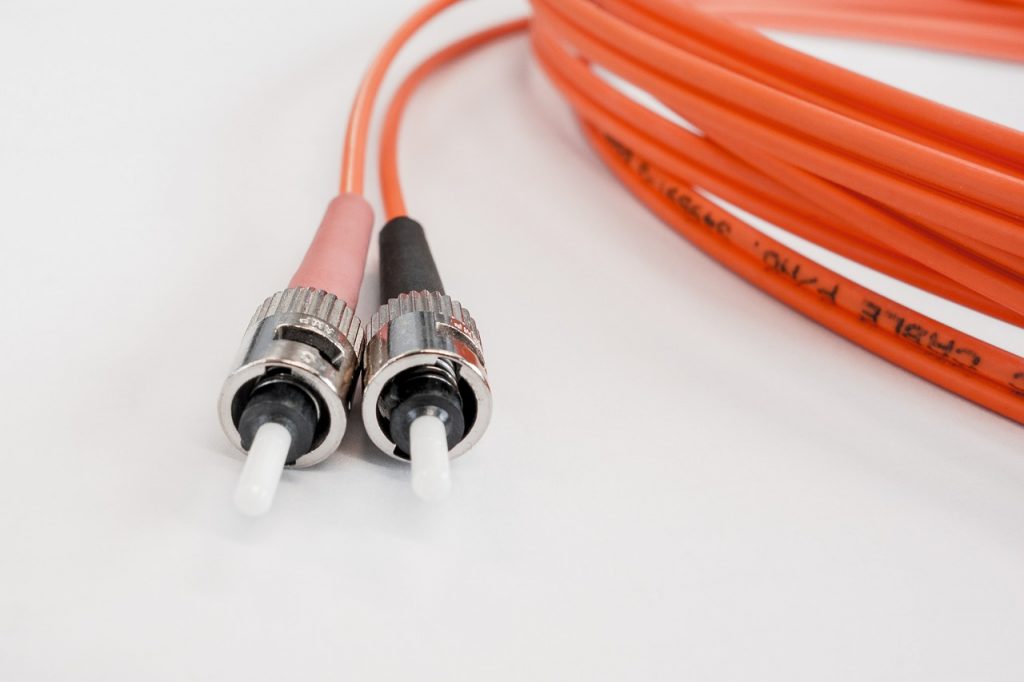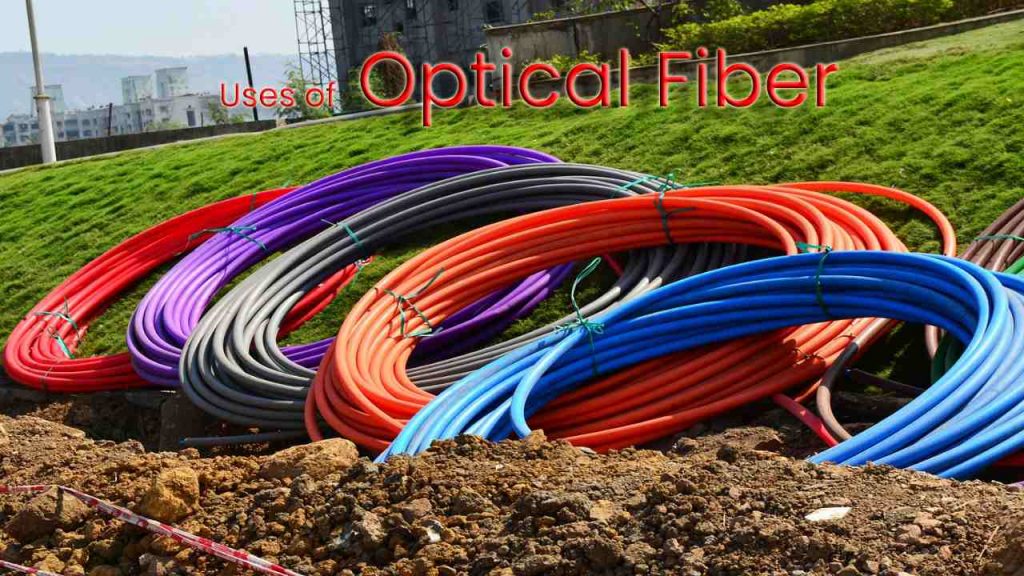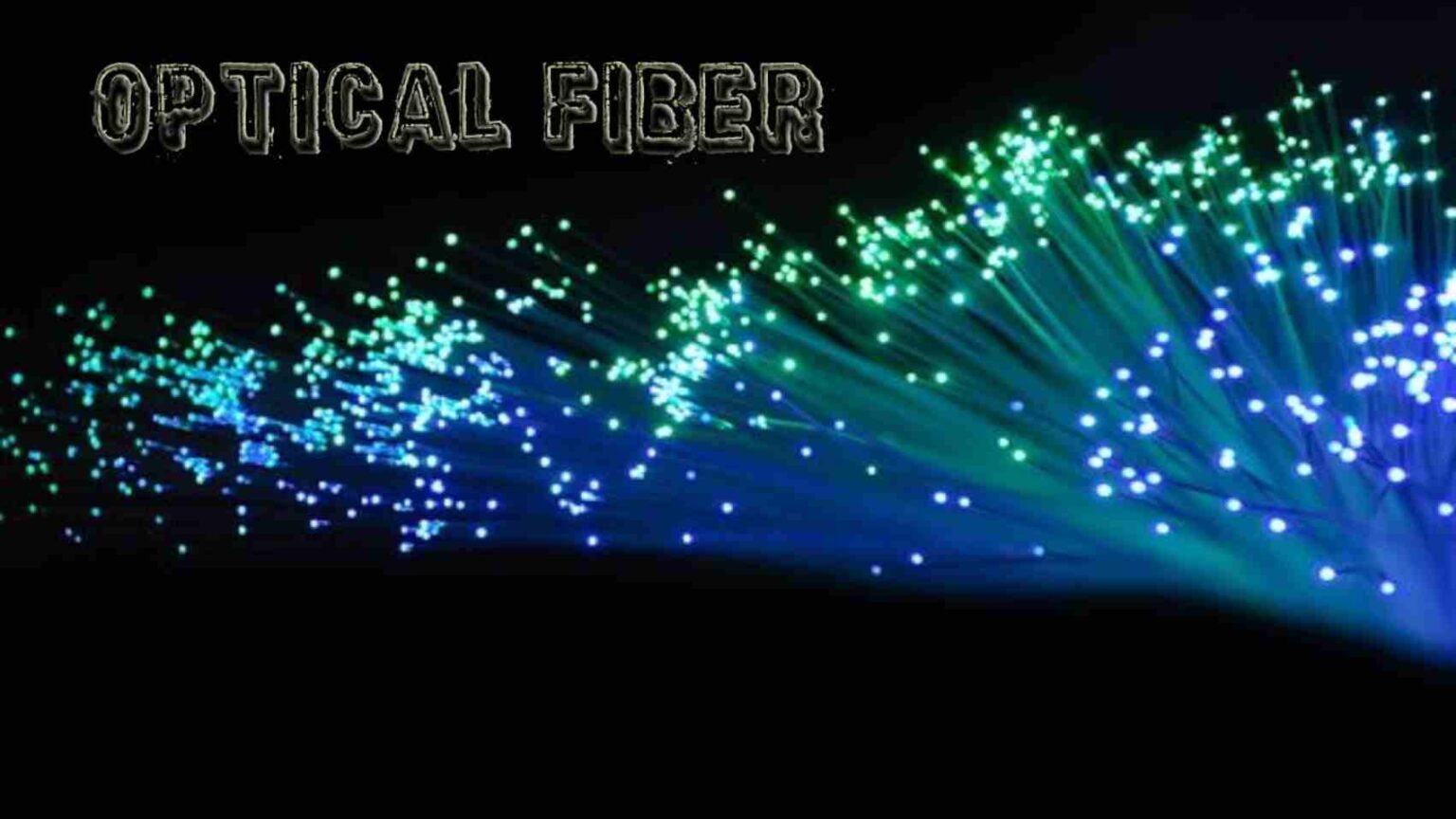Optical fiber is a transmission medium commonly used in data networks. A very fine thread of transparent material, glass, or plastic materials. through which pulses of light that represent the data to be transmitted are sent. The light source can be laser or an LED.

Table of Contents
Who Invented Optical Fiber?
Narinder Singh Kapany Who is an OCI American. Has invented optical fiber in the year 1952. he is an American physicist
How does Fiber Optic Works?
The principle of operation of the optical fiber is that of Snell’s Law. which allows to calculate the angle of refraction of light when passing from one medium to another with a different index of refraction.
Thus, within the fiber the light beams are trapped and propagating in the core, given the physical properties of the coating and the appropriate reflection angle, transporting the information sent to the destination. In the latter, it operates similarly to the telegraph.
Uses of Fiber Optics:
The fibers are threads that makeup tissue or that can be used in various ways industrially. Optical, on the other hand, are terms that may refer to the study of phenomena linked to light (the electromagnetic wave that the human eye can perceive).

With these definitions, we can focus on the concept of fiber optics. This is called the transparent filament, usually of glass, which is used for the transmission of data through light pulses.
Fiber optics is a means of transmitting information that is used to develop telecommunications networks. The light signals that, enclosed in the fiber, circulate through these networks allow to represent the information.
The transmission speed offered by the optical fiber is very high. That is why it is a medium chosen for sending data over long distances since it also has several advantages over other systems.
The bandwidth, low weight, and flexibility are some of the strengths of the optical fiber, which does not produce electromagnetic interference suffers.
Advantages of Optical Fiber:
In the same way, we cannot ignore another important series of pros of fiber optics, such as the following: –
- It occupies very little space.
- It’s very safe.
- Optical fiber is excellent resistance to both, heat and corrosion.
- When you suffer a breakdown. It is very easy to detect where the problem lies in it.
Disadvantages of optical fiber:
Concerning its cons, we cannot forget some of these:
- Sometimes, the joints that need to make are complex and require time.
- Under no concept, it can transmit what is electrical energy.
- The optical fiber is a conventional type that can not carry out the transmission of what are great powers.
In practice, fiber optic cables are used that brings together several of these transparent filaments and protect them. The signals, therefore, are transmitted through these cables that, equipped with connectors, can be connected to Ethernet switches and other devices.
There are different types of fiber optics taking into account criteria such as their design or the mode of propagation. So you can talk about the multi mode, the single-mode, the tight structure, the loose structure.

